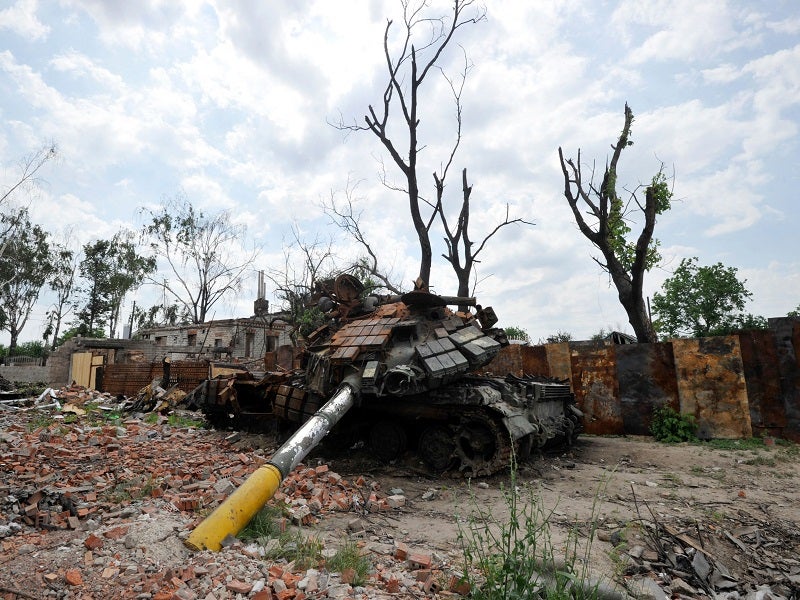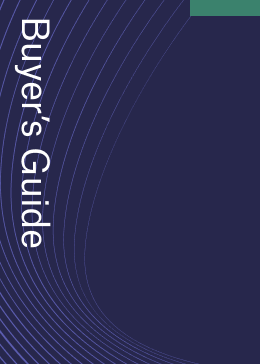
Russia’s invasion of Ukraine in February this year has resulted in a reaffirmation among NATO members about the need for the Alliance and the role it plays in European security. However, as the war drags on, the scale of the challenge is becoming ever clearer.
Earlier this week, NATO announced that it would increase the number of forces held as rapid readiness to more than 300,000, up from around 40,000 at present, mainly based on the Alliance’s eastern front.
The move comes after decades of counter-insurgency operations by member states in countries such as Afghanistan and represents an indication of a return to a Cold War stance when NATO faced off against the Soviet Union. The casualty rates on both sides of the Ukraine-Russia war indicate a type of conflict being fought that has not been seen on the European continent for generations.
Speaking at the RUSI Land Power Conference in London on 28 June, the UK Chief of the General Staff General Patrick Sanders outlined the scale of the war in Ukraine, detailing the commitment by Moscow of 103 battalion tactical groups to the ground war, with up to 33,000 Russian military personnel dead, wounded, missing or captured.
In addition, Sanders said that Ukraine’s military is seeing up to 200 casualties per day, with 77,000km2 of its landmass seized by Russia – equivalent to 43% of the total area of the Baltic states. The renewed war has also resulted in around 4,700 civilian deaths, according to Sanders, with eight million civilians now refugees.
Ukraine’s claims
Figures from the Ukrainian Ministry of Defence claim, as of 27 June, more than 35,000 Russian personnel losses in combat and around 6,000 tanks, armoured vehicles, and artillery systems destroyed on land. Claimed losses of Russian aircraft amount to 301 fixed- and rotary-wing platforms, along with 636 UAVs of various types, as well as 139 cruise missiles.
While combat has been focused on land, Russian losses at sea have been significant, including the sinking of the guided missile cruiser Moskva in the Black Sea on 14 April after being struck by Ukrainian land-based anti-ship missiles.
Casualty figures are usually over-estimated in times of war due to a number of factors, including propaganda purposes and a lack of situational awareness. It has not been possible to independently verify Ukrainian claims.
Ammunition has also been expended on both sides at a rate unsustainable for most NATO countries, further indicating both the levels of conflict and a lack of strategic depth among some Alliance members.
Dr Jack Watling, senior research fellow in land warfare at RUSI, told delegates at the RUSI conference that, based on figures from the UK’s participation in Exercise Warfighter in 2021, the UK would hypothetically run out of stockpiled ammunition in two days based on current Russian usage, or around two weeks if compared to Ukraine.
Oleksandr Danylyuk, a former adviser to Ukraine’s Minister of Defence, presenting at the conference, said that a lack of Soviet ammunition available in the international market required an “immediate shift to western systems”.
Regarding Ukrainian military casualties, Watling said more of its personnel had been killed or seriously wounded in the four months of fighting from 24 February than there is infantry in the entire British Army. The British Army lists around 25% of its personnel as being infantry, equating to just over 20,000 if based on full time regular figures.
The need for commonality
Watling said that further western support to Ukraine in the coming months would need to see greater rationalisation, centered around “common” gun and ammunition types. NATO members have supplied significant quantities of weapons, vehicles, and other military systems to Kyiv, however many require bespoke training packages and nation-specific ammunition.
According to the US Center for Strategic and International Studies (CSIS), in the case of artillery, the US has sent 128 M777 155mm howitzers to Ukraine, including 36,000 rounds of 105mm ammunition in the latest series of security aid packages.
The CSIS report described the delivery of such a quantity of 105mm ammunition was ”unusual” given that the majority of artillery systems provided to Ukraine to date ”have been the larger 155mm calibre, which has become the NATO standard for nearly all units”.
France is another to have provided a 155mm artillery system to Kyiv, with its CAESAR howitzers. The UK and New Zealand are outliers in their provision of 105mm artillery platforms, with the bulk of the ammunition provided by Washington, CSIS states in its 27 June analysis.
Another factor to consider, according to Nataliya Bugayova, Russia research fellow at the Institute for the Study of War, was the need to limit Russia’s access to key technologies, such as military-grade electronics, on the international market.
“It is important to map and monitor how Russia is attempting to pass these restrictions,” said Bugayova.
Russia has been seeking, in recent weeks, to negate its lack of access to many international markets through bilateral agreements with allies and friendly countries, such as Belarus and China, to mitigate the impact on its economy and industrial base.




